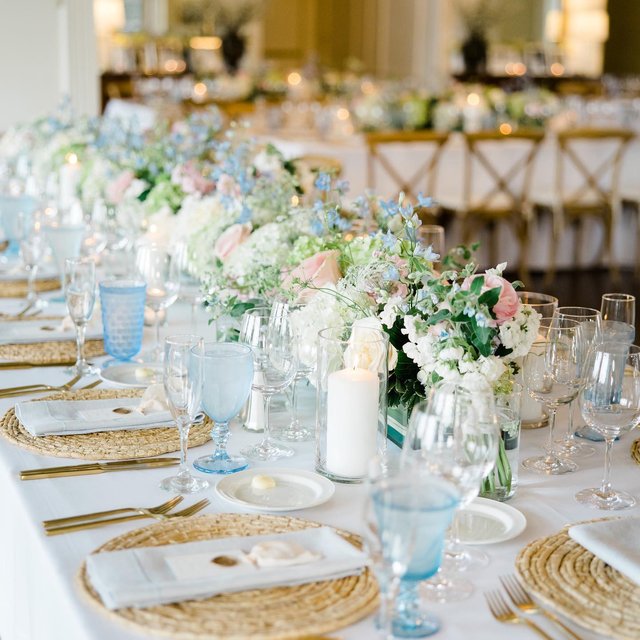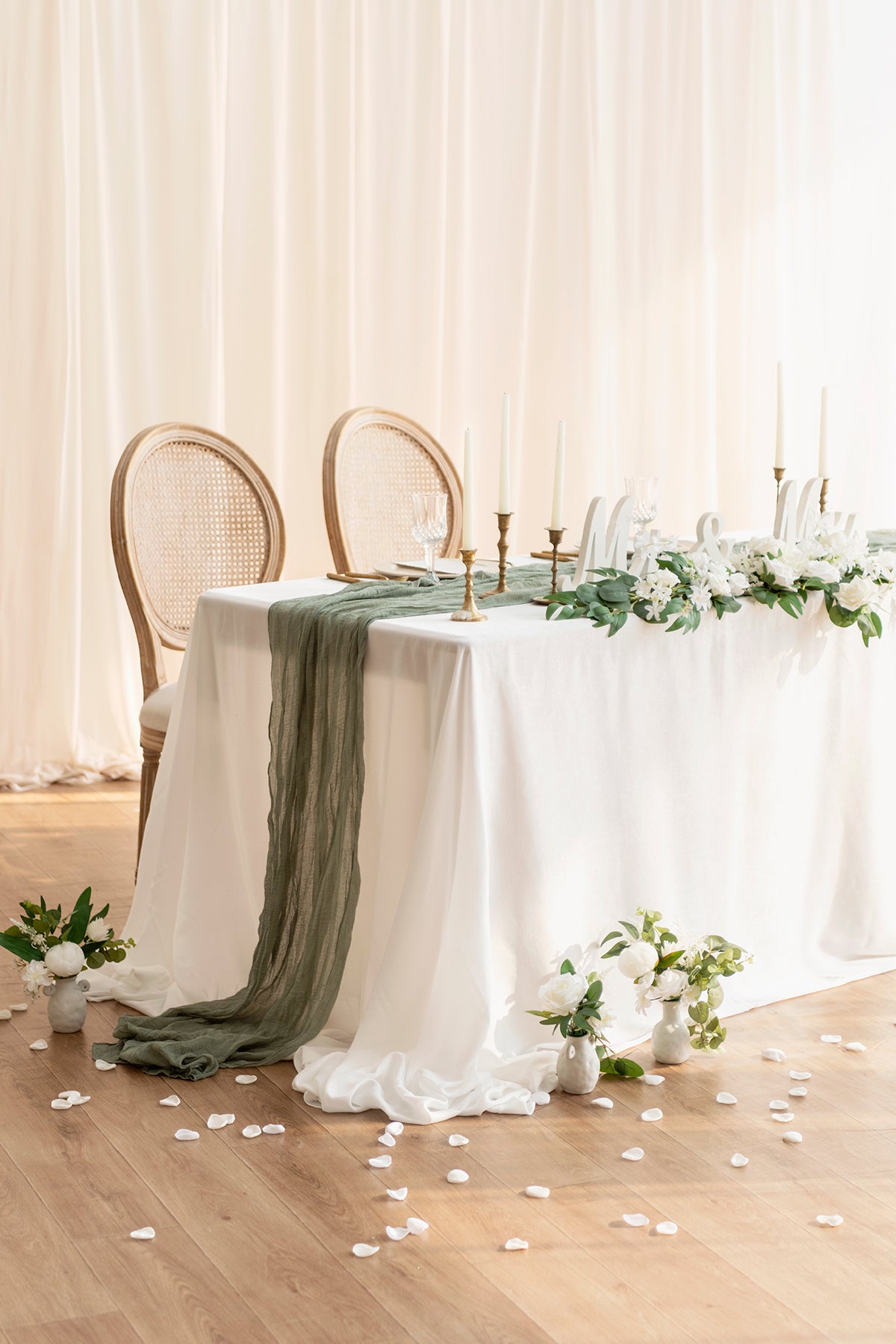Classy Table Cloths: Perfect Choices for Every Event
Wiki Article
Linen Fabric Innovations: Checking Out Modern Trends and Creative Applications in Layout and Fabric Industry
From lasting manufacturing methods to advanced weaving modern technologies, the advancement of linen is reshaping the landscape of the fabric industry. As we delve into the realms of creative style applications and the emergence of bed linen blends and crossbreed materials, a brand-new chapter unfolds in which bed linen's role in future textile advancements takes facility stage.Sustainable Practices in Linen Production
Sustainable practices in bed linen production have actually become progressively important in the textile sector's efforts to decrease environmental influence and advertise ethical sourcing methods. Linen, a natural fiber acquired from the flax plant, supplies an array of benefits such as biodegradability, resilience, and breathability. Nevertheless, standard methods of bed linen manufacturing can involve significant water intake, chemical usage, and energy-intensive procedures.To resolve these challenges, numerous fabric manufacturers are taking on lasting practices throughout the bed linen manufacturing process. This includes sourcing flax from organic ranches that prevent unsafe chemicals and chemicals, carrying out water-efficient retting methods to extract fibers from the flax stalks, and making use of environmentally friendly dyes and finishes. In addition, some business are buying renewable energy sources to power their production facilities and minimizing waste through recycling and upcycling initiatives.
Technical Advancements in Linen Weaving
With the expanding focus on lasting techniques in linen manufacturing, the fabric industry is now witnessing a surge in technological improvements specifically focused on reinventing the art of bed linen weaving. These innovations are improving the means bed linen textiles are created, offering raised efficiency, high quality, and imagination in weaving techniques.One of the vital technical advancements in bed linen weaving is the integration of digital looms. These advanced looms are outfitted with software application that enables complex and complex styles to be woven with accuracy. By digitizing the weaving process, suppliers can achieve greater uniformity and precision in their linen fabrics.
Furthermore, improvements in yarn spinning modern technology have actually allowed the production of finer and even more resilient bed linen yarns - table cloths. This causes softer and smoother bed linen materials that retain their quality even after numerous uses and cleans
In addition, the development of green dyeing procedures and surfaces for linen textiles is getting traction. These lasting methods not just minimize the ecological impact yet likewise deal with the raising consumer demand for morally produced fabrics.
Creative Layout Applications for Linen
Cutting-edge artistic strategies are significantly forming the imaginative layout applications for bed linen in the fabric industry. Bed linen's natural visual appeal and capability to blend with other materials make it a favored selection for producing special garments and accessories that cater to the environmentally aware consumer.Moreover, designers are explore bed linen in home decoration, utilizing its breathable and long lasting nature to craft elegant furnishings such as curtains, bed linens, and furniture. The texture and drape of linen bring a feeling of elegance and convenience to indoor spaces, adding a touch of elegance to contemporary homes.

Bed Linen Blends and Crossbreed Fabrics

Hybrid materials, on the other hand, take the principle of mixing an action even more by integrating added elements such as metallic threads, recycled materials, or conductive fibers. try this out These ingenious fabrics not just expand the design possibilities but also introduce functional facets like conductivity, antimicrobial properties, or improved resilience. Hybrid textiles are significantly being made use of in various sectors, including fashion, interior design, and technical fabrics, where the need for multifunctional products is on the rise.
Linen's Duty in Future Fabric Innovations

In the realm of future fabric technologies, bed linen is expected to be a key gamer in the development of innovative practical fabrics. Scientists and developers are exploring means to enhance bed linen's integral qualities via technical developments, such as integrating smart textiles, nanotechnology, and efficiency coatings. These technologies intend to raise linen's efficiency attributes, making it ideal for a wider series of applications, from activewear to safety apparel.
In addition, the combination of linen with other natural or synthetic fibers opens up endless possibilities for producing novel fabrics with one-of-a-kind homes and capabilities. By leveraging bed linen's features and discovering innovative blends, the fabric sector is positioned to present amazing developments that satisfy developing consumer requirements and sustainability demands.
Verdict
To conclude, the exploration of sustainable practices, technical advancements, creative style applications, linen blends, and its function in future textile innovations highlight the constant advancement of linen fabric in the modern-day layout and textile market. With a concentrate on development and creativity, the adaptability and environment-friendly click for more nature of bed linen make it a beneficial product for suppliers and designers alike, leading the way for more advancements and advancements in the area of fabrics.As we delve right into the realms of innovative layout applications and the emergence of linen blends and crossbreed textiles, a new chapter unravels in which bed linen's duty in future textile advancements takes facility phase.
Exploring the fusion of linen with various other textiles has actually led to the emergence of ingenious blends and hybrid fabrics in the modern fabric sector. Bed linen blends supply an unique combination of the qualities of linen with those of other fibers, resulting in materials that possess improved residential or commercial properties such as boosted durability, enhanced draping, and minimized wrinkling.The development of bed linen blends and crossbreed materials has set the phase for Linen to play a critical role in driving future fabric advancements.In the realm of future textile innovations, bed linen is anticipated to be a vital player in the development of sophisticated useful textiles.
Report this wiki page